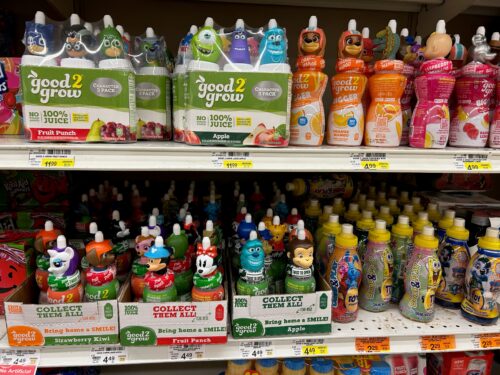Weekend reading: Digital marketing to kids
While we are on the topic of marketing to kids, Healthy Eating Research has published a major report on digital food marketing: Evidence-Based Recommendations to Mitigate Harms from Digital Food Marketing to Children Ages 2-17.
Despite its importance, the report is dense, detailed, and not easy to summarize. Fortunately, I received an email with Key Messages
- An expert panel convened by Healthy Eating Research reviewed research and current policies on digital food marketing and developed recommendations for government policies, industry practices, and further research.
- Digital food and beverage marketing is embedded in nearly every platform children and adolescents use (websites, mobile apps, social media, video sharing, gaming, streaming TV), promoting sugary drinks, fast food, candy, sugary cereals, and sweet/salty snacks, which is harming children’s health.
- National experts carefully assessed the evidence and found actions policymakers and industry can take to reduce children’s exposure to and the power of unhealthy digital food and beverage marketing.
My recommendation: start with the Fact Sheet for Parents.
The most common types of foods marketed to kids online are fast food, salty snacks, candy, sweet snacks, and sugary drinks. These ads appear on social media platforms like Instagram, Facebook, and Snapchat; video sharing sites like YouTube and TikTok; gaming platforms like Roblox and Minecraft; livestream gaming on Twitch and Facebook Gaming; and mobile apps and websites. Younger kids see more ads for candy and sweet snacks, while older kids and teenagers see more ads for snack foods. About 75% of kids have seen ads for energy drinks.
That’s what parents are up against. As for what to do about it, short of throwing away the phone, the report urges advocacy for phone-free schools and other policies at Fair Play for Kids and Design It For Us.
It’t tough being a parent these days. Join those groups and take action!
Resources








